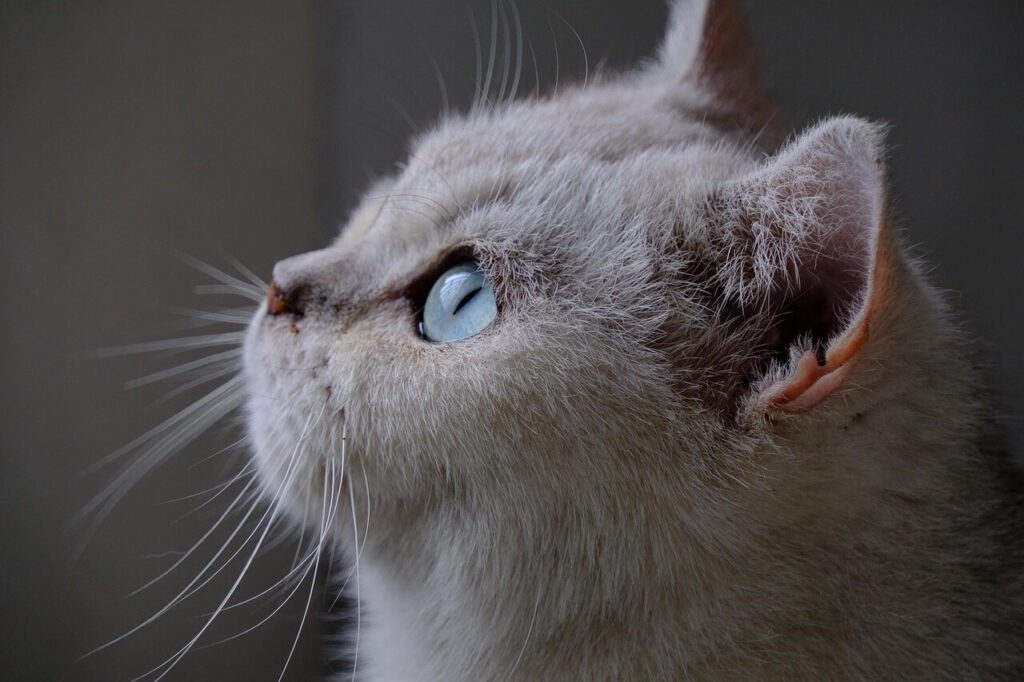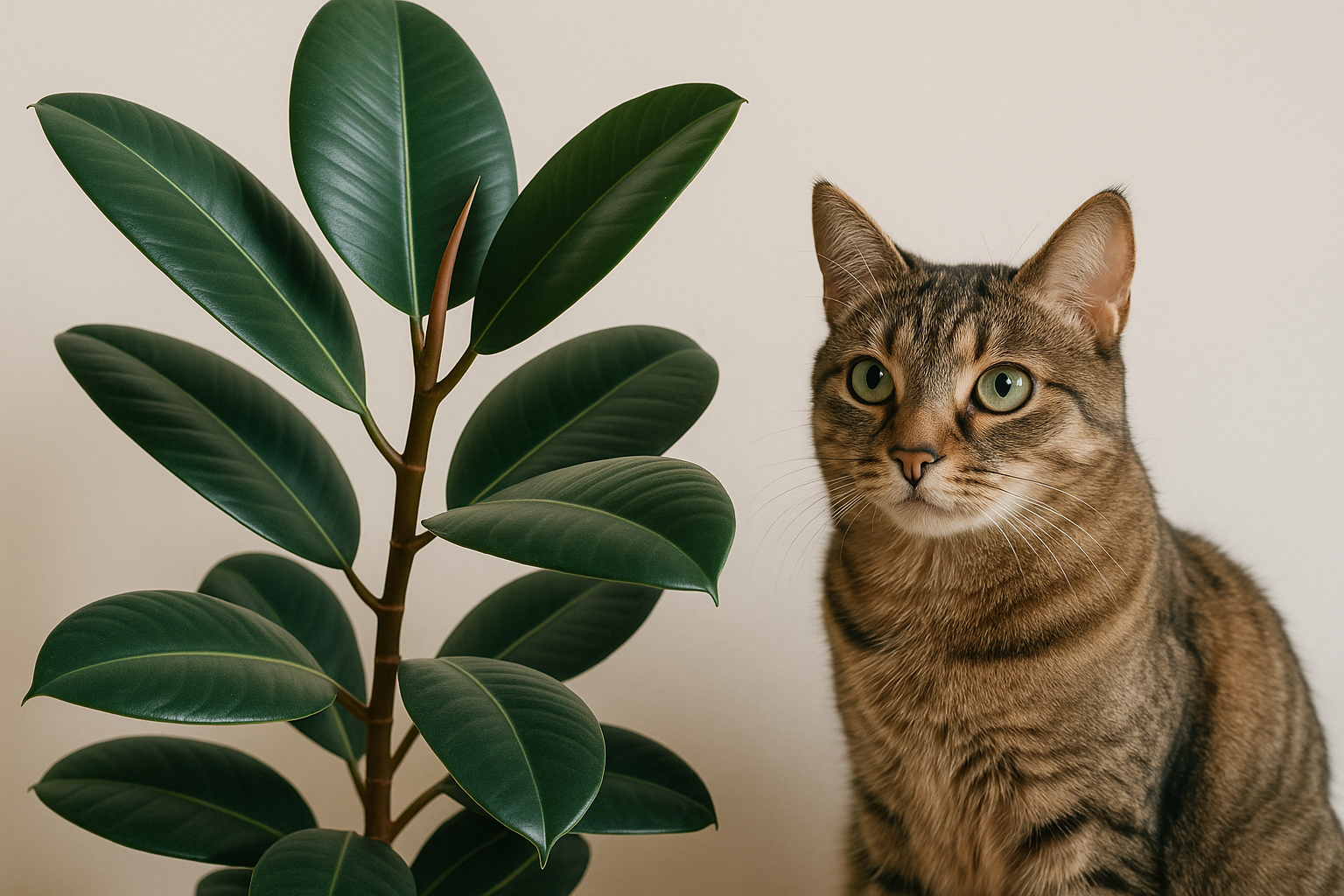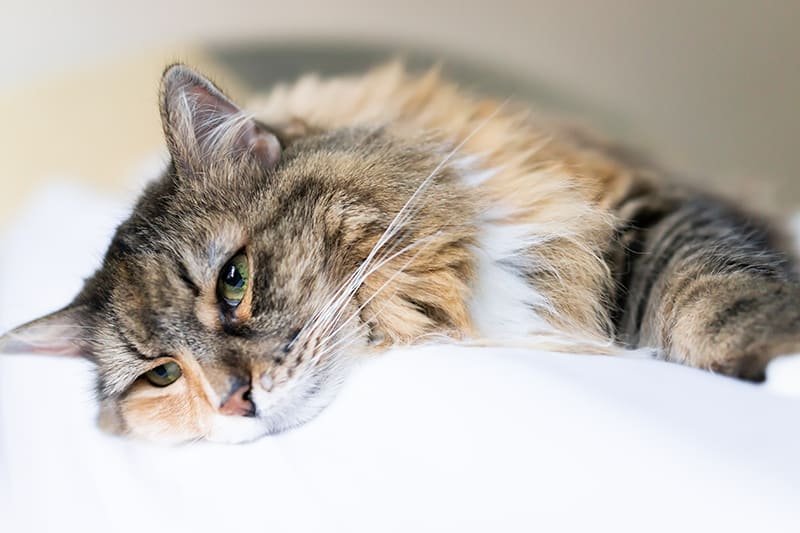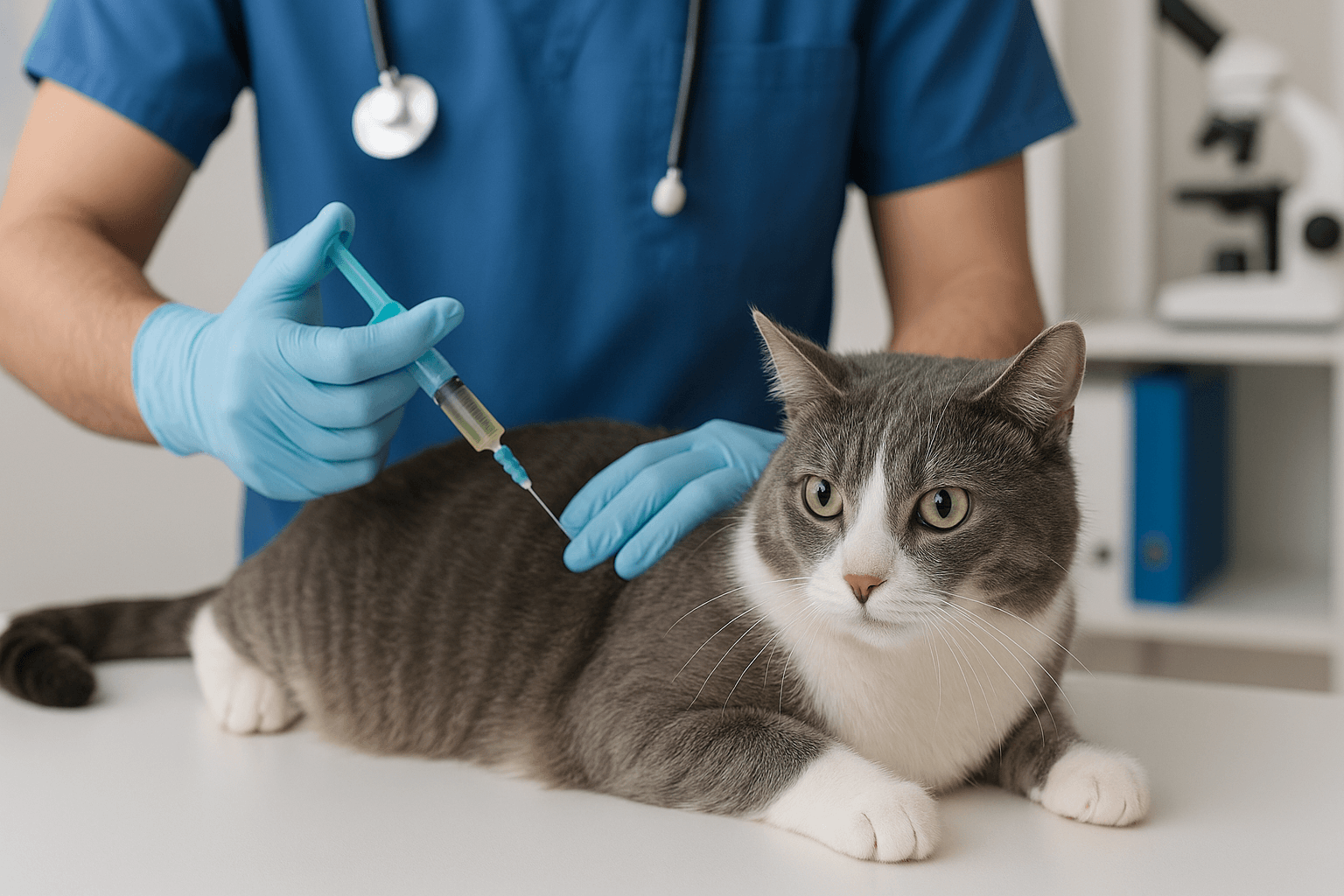Understanding Cat Litter Ingredients: What’s Best for Your Feline Friend?
Choosing the right cat litter is an essential part of caring for your feline companion. With so many options available, understanding the ingredients in cat litter can help you make an informed decision that suits both your cat’s needs and your household preferences. From clumping clay to natural alternatives, each type of litter has unique properties that affect odor control, texture, and environmental impact. In this guide, we’ll explore the most common cat litter ingredients, their benefits, and potential drawbacks, empowering you to select the perfect litter for your furry friend.
Common Ingredients in Traditional Cat Litter
Traditional cat litters often rely on widely used materials designed for convenience and effectiveness. Here’s a breakdown of the key ingredients found in conventional litters and what they offer.
Bentonite Clay:
This is the most popular ingredient in clumping litters. Bentonite clay forms solid clumps when wet, making it easy to scoop and maintain cleanliness.Calcium Bentonite Clay:
A variation of bentonite, this clay is less sticky and provides similar clumping benefits while being slightly gentler on paws.Silica Gel (Crystalline Silica):
Silica gel litters are highly absorbent and effective at controlling odors. They’re lightweight and long-lasting but can be more expensive than clay-based options.Non-Clumping Clay:
Made from fuller’s earth or other types of clay, non-clumping litters are budget-friendly but require more frequent changes due to reduced absorption.Scented Additives:
Many traditional litters include artificial fragrances to mask odors. While appealing to humans, these scents can irritate sensitive cats.
Each of these ingredients offers distinct advantages, but it’s important to consider your cat’s comfort and any allergies before making a choice.
Natural and Eco-Friendly Cat Litter Ingredients
For environmentally conscious pet owners, natural cat litter ingredients provide sustainable and biodegradable alternatives to traditional options. These materials are not only better for the planet but also safer for pets and humans alike.
Corn:
Corn-based litters are biodegradable, flushable (in small amounts), and naturally control odors without added chemicals.Wheat:
Wheat litters clump effectively and are made from renewable resources. They’re also dust-free, reducing respiratory irritation for cats and owners.Pine Wood Pellets:
Pine wood litters absorb moisture well and release a pleasant, natural scent. However, they may track more easily than other types.Paper:
Recycled paper litters are soft on paws and ideal for kittens or senior cats. They’re low-dust and eco-friendly but lack strong clumping abilities.Walnut Shells:
Ground walnut shells create highly absorbent, odor-neutralizing litters that are safe for composting and gentle on the environment.
By opting for natural ingredients, you can reduce your carbon footprint while ensuring your cat enjoys a safe and comfortable litter experience.
Check this guide 👉Is Cat Litter Toxic? Best 7 Expert Tips!
Check this guide 👉DIY Cat Litter Box: Best 7 Expert Tips!

Pros of Common Cat Litter Ingredients | Cons of Common Cat Litter Ingredients |
|---|---|
Bentonite clay forms tight clumps | Dust from clay can irritate lungs |
Silica gel controls odors effectively | Crystalline silica isn’t biodegradable |
Corn is flushable and eco-friendly | Corn litters may attract pests |
Pine has a natural, fresh scent | Pine pellets can be messy and dusty |
Paper is soft and hypoallergenic | Paper lacks strong odor control |
Factors to Consider When Choosing Cat Litter Ingredients
Selecting the best cat litter involves evaluating several factors beyond just the ingredients themselves. Understanding these considerations ensures you find a product that works for everyone in your home.
Odor Control:
Look for litters made from materials like silica gel or activated charcoal, which excel at neutralizing unpleasant smells.Dust Levels:
Low-dust formulas, such as those made from wheat or paper, are ideal for households with allergy sufferers or asthmatic individuals.Clumping Ability:
If easy cleanup is a priority, choose litters with strong clumping properties, such as bentonite clay or corn-based blends.Environmental Impact:
Biodegradable and renewable materials like pine, wheat, or walnut shells minimize harm to the planet compared to synthetic options.Cat Preferences:
Some cats dislike certain textures or scents. Test different ingredients to see what your feline prefers.
Considering these factors will help you strike the right balance between functionality, sustainability, and your cat’s happiness.
Tips for Transitioning to a New Cat Litter Ingredient
Switching to a new type of cat litter requires careful planning to avoid confusing or upsetting your cat. Follow these tips to ensure a smooth transition.
Mix Old and New Litters Gradually:
Start by blending a small amount of the new litter with the old one, increasing the ratio over time until the switch is complete.Maintain Consistent Placement:
Keep the litter box in its usual spot during the transition to avoid adding stress to the change.Observe Your Cat’s Behavior:
Watch how your cat reacts to the new litter. Signs of discomfort, such as avoiding the box, may indicate the need for adjustments.Clean Thoroughly Between Changes:
Wash the litter box thoroughly before introducing the new litter to eliminate residual odors from the previous type.Provide Multiple Boxes Temporarily:
Offer two boxes—one with the old litter and one with the new—to give your cat time to adjust without feeling pressured.
With patience and observation, transitioning to a new litter ingredient can be a seamless process for both you and your cat.
Health Implications of Cat Litter Ingredients
The ingredients in your cat’s litter can have significant health implications for both your pet and your family. Understanding these effects ensures you choose a product that prioritizes safety and well-being.
Respiratory Concerns from Dust:
High-dust litters, such as those made from bentonite clay, can irritate cats’ sensitive lungs and exacerbate conditions like asthma.Toxicity Risks from Artificial Fragrances:
Scented litters may contain chemicals that are harmful if ingested or inhaled, especially for curious kittens who explore with their mouths.Clumping Hazards for Kittens:
Some clumping litters can expand in the stomach if swallowed, posing a blockage risk to young cats prone to eating litter.Allergies Triggered by Certain Materials:
Cats and humans alike may develop allergies to specific ingredients, such as wheat or corn, depending on individual sensitivities.Environmental Toxins from Non-Biodegradable Litters:
Non-biodegradable litters contribute to landfill waste and may release harmful substances during decomposition.
By selecting hypoallergenic, low-dust, and natural options, you can minimize health risks and create a safer environment for everyone.
Cost Considerations of Different Cat Litter Ingredients
While cost shouldn’t be the only factor when choosing cat litter, it’s important to balance quality with affordability. Here’s how different ingredients compare in terms of price and value.
Clay-Based Litters Are Budget-Friendly:
Traditional clay litters are widely available and inexpensive, making them a popular choice for budget-conscious owners.Silica Gel Offers Longevity but Higher Upfront Costs:
Though pricier per bag, silica gel litters last longer due to their high absorption capacity, potentially saving money over time.Natural Litters Can Be Expensive Initially:
Eco-friendly options like pine or walnut shells often cost more upfront but provide added benefits like compostability and reduced odor.DIY Alternatives Save Money but Require Effort:
Some owners use shredded paper or sawdust as makeshift litters, though these may lack clumping and odor-control features.Bulk Buying Reduces Overall Expenses:
Purchasing larger quantities of any litter type can lower costs significantly, especially for heavy users with multiple cats.
Considering these financial aspects helps you find a litter solution that fits your budget without compromising quality.
Signs Your Cat Dislikes Their Litter Ingredient
Cats can be picky about their litter, and certain ingredients may not suit their preferences. Recognizing signs of dissatisfaction allows you to address potential issues promptly.
Avoidance of the Litter Box:
If your cat consistently avoids using the box, it could indicate discomfort with the texture or scent of the litter.Excessive Scratching Outside the Box:
Cats may scratch around the area outside the box if they’re unhappy with the litter inside, signaling frustration or dislike.Reluctance to Bury Waste:
A refusal to cover feces or urine often points to dissatisfaction with the litter’s feel or smell.Increased Vocalization Near the Box:
Meowing or growling while approaching the litter box suggests anxiety or discomfort related to its contents.Accidents Outside the Box:
Eliminating elsewhere in the house is a clear sign your cat dislikes something about their current litter setup.
Addressing these behaviors quickly by experimenting with new ingredients can restore harmony and prevent further issues.
Frequently Asked Questions About Cat Litter Ingredients
What is the best litter ingredient for odor control?
Silica gel and activated charcoal are excellent choices for neutralizing odors effectively.
Are clay-based litters safe for cats?
Yes, clay-based litters are generally safe, but some cats may be sensitive to dust or ingestion risks.
Can I flush cat litter down the toilet?
Only flushable litters, such as those made from corn or wheat, should be disposed of this way—and always check local regulations first.
Which litter ingredient is most eco-friendly?
Natural materials like pine, wheat, and recycled paper are among the most environmentally friendly options.
How do I know if my cat dislikes the litter ingredient?
Cats may avoid using the litter box, dig excessively, or vocalize discomfort if they dislike the texture or smell.
Finding the Perfect Balance for Your Cat’s Litter Needs
Understanding cat litter ingredients is key to creating a harmonious environment for your feline friend and your household. Whether you prioritize odor control, eco-friendliness, or ease of use, there’s a litter option tailored to meet your specific needs. By considering your cat’s preferences, your lifestyle, and the environmental impact, you can make a thoughtful choice that keeps everyone happy. Remember, experimenting with different ingredients might take time, but finding the right fit will pay off in cleaner spaces, healthier pets, and peace of mind.
Is the Rubber Tree Cat Safe? Best 7 Expert Tips! Discover expert advice on keeping rubber plants safely in cat-friendly homes and learn top tips for pet-safe plant care.
Low Red Blood Cell Count in Cats: Best 7 Expert Tips! Discover causes, symptoms, and treatment options for feline anemia. Learn how to support your cat’s health effectively with expert advice.
Understanding Megacolon Treatment: Best 7 Expert Tips! Discover effective strategies to manage feline megacolon, from dietary changes to surgical options, ensuring your cat’s comfort and long-term health.
How to Register a Therapy Cat: Best 7 Expert Tips! Discover essential steps to certify your cat as a therapy animal, prepare them for training, and make a meaningful impact in therapeutic settings.





